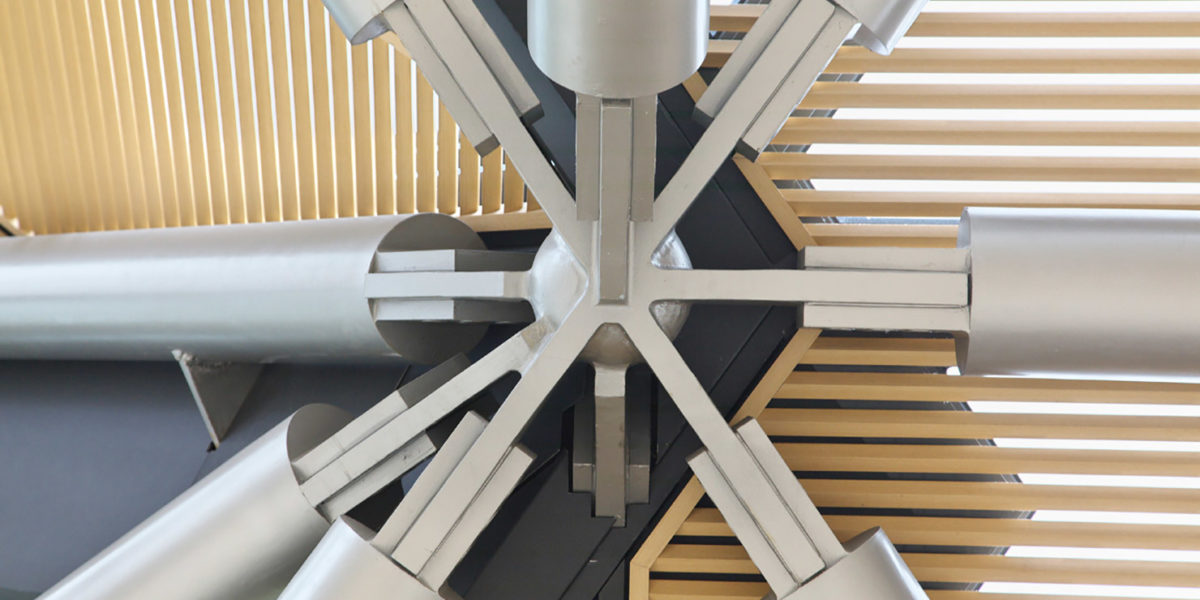
Next

The story of the approach road to the tunnel leading to the Miho Museum continues. Unlike other tunnels, this tunnel is not concrete inside. The architect I.M. Pei went to the trouble of having silver-colored sheets attached to the interior of the tunnel. Many architectural critics have called it “a tunnel that supersedes time and space.” The silver walls have a way of subtly changing according to the season by reflecting the greenery of the mountains and in the spring, the light pink color of the cherry blossoms.

The shuffling of your feet can be heard, but there is no reverberating echo. If you look closely, you’ll find small holes in the wall. It is these holes that soften the echo in the tunnel and create a silent space far from the real world. As you peek into the hole, it seems as you are being sucked through it. On the other side, you can see a concrete wall that has been painted black. The several hundred silver-colored sheets that have been applied to the tunnel are of a slightly different width on the inner section of the curve than on the outer section. At first glance, they seem to be identical, but on closer inspection, you discover that they are each a different size.

In addition, to allow a ray of light from the outside world to enter the space required a special effort. This was accomplished by placing each of the silver sheets at a particular angle. If even one was slightly out of place, the light reflected on the sheets would disturb the peace of the space and hit the sheets in waves. The angle of every sheet in the tunnel was adjusted for one ray of light, and it took the careful skills of a craftsman to make this possible. The work continued intently until just prior to the opening of the museum.
There was an inside story among the workmen on the silver tunnel dotted with faint-rays of light; “This isn’t just construction work. This is an architectural operation.”

Next